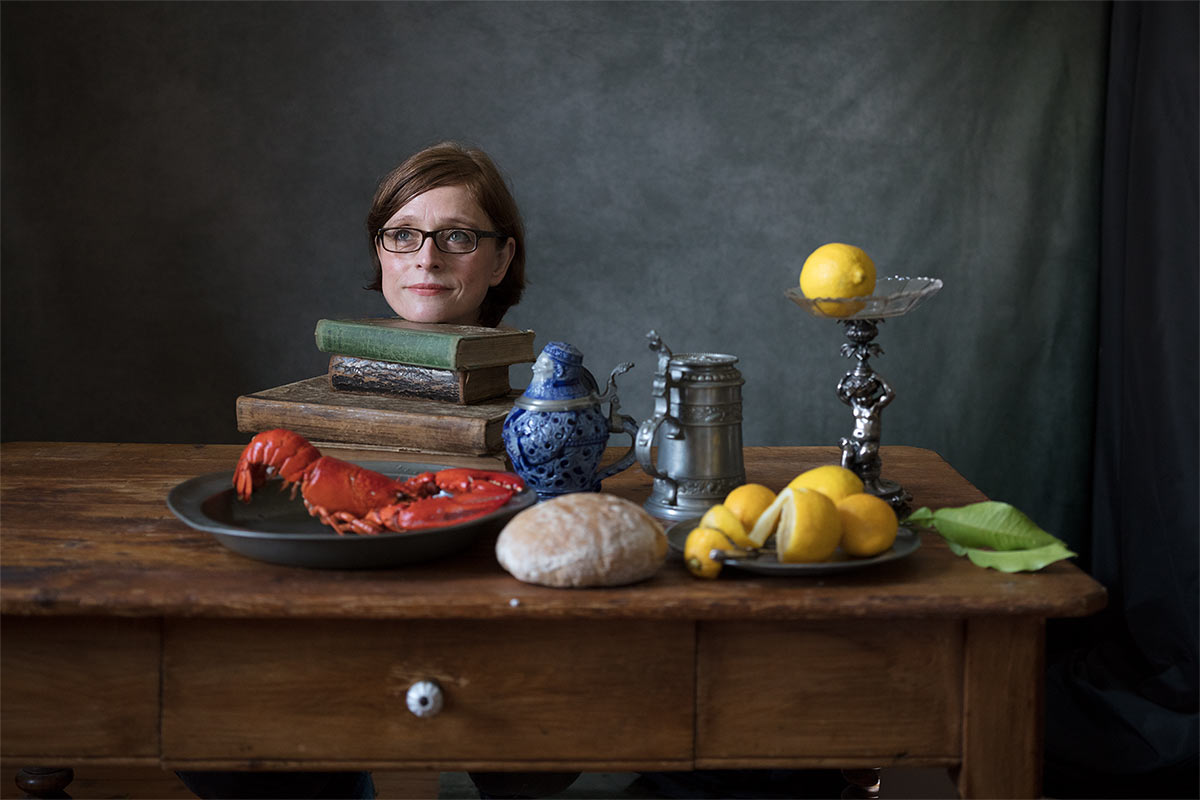Have any questions?
+44 1234 567 890
The art of deceiving the eyes is seldom taken to the heights found in still life painting. In the most artificial way, still lifes appear more natural than nature itself: the grapes appear sweeter, the peaches more juicy and the flowers more colourful than in the garden or the market. They are refined, first of all in the orchard or vineyard, then in reproduction by artists. Painters have been creating still lifes since the 16th century, in order to demonstrate their ability to reproduce different textures. Like the winegrower who supplied the grapes, the artists enter into competition with Nature itself. They express their enthusiasm for human creativity by including musical items, or glass and porcelain objects. Still lifes are a place of longing for perfect ripeness and for holding fast to this happiness.
If you take a closer look, there is no lack of reminders: a withering leaf or a fly indicate the relentless cycle of nature. Ultimately, all the fruits must perish, they are dying. The Italian term “natura morta” exposes it unsparingly. Yet art is capable of making things “alive”. This is where Elizabeth Joan Clarke comes in : in no way are her still lifes deceptive, for they are photographs of “real” productions. The mussels, glasses, fruits and other things actually lay there exactly like that in her studio, on those marble tables and in that light. It is important to the artist not to have edited the photos. They are testimony to certain real moments. At the same time, they are completely artificial, in that they bring art objects from bygone times to new life with the freshness of nature. And yes, of course, they deceive the eyes in the most beautiful way.
- Dedo von Kerssenbrock-Krosigk
Elizabeth Joan Clarke (born 1970 in Oxford, England) spent her childhood in England and Frankfurt am Main, studied landscape development, worked in several natural history museums and volunteered in nature conservation in England and Germany.
For over 30 years she has also been deeply involved with photography and art history. Her fascination with still life painting was aroused by a visit to the Ashmolean Museum in Oxford, where as a child she discovered the magic of a painting by one of the most important Dutch still life painters of the 17th century, Pieter Claesz.
In her photographic still lifes, Elizabeth Joan Clarke takes us on a journey into bygone times. She tells stories with collector's treasures and everyday objects, plants and food - they are stories about the quiet life of things,
which is not as quiet as it appears at first glance. Her pictures are pictures of meaning which she fills with allusions and symbols. They are also a declaration of love for handicrafts, craftsmanship, and the abundance of life, and they seem like an alternative to our noisy and often shrill times. With all this abundance and opulence, however, impermanence always shimmers through, and a quiet call for restraint is suggested.
- Judith Rhodes

